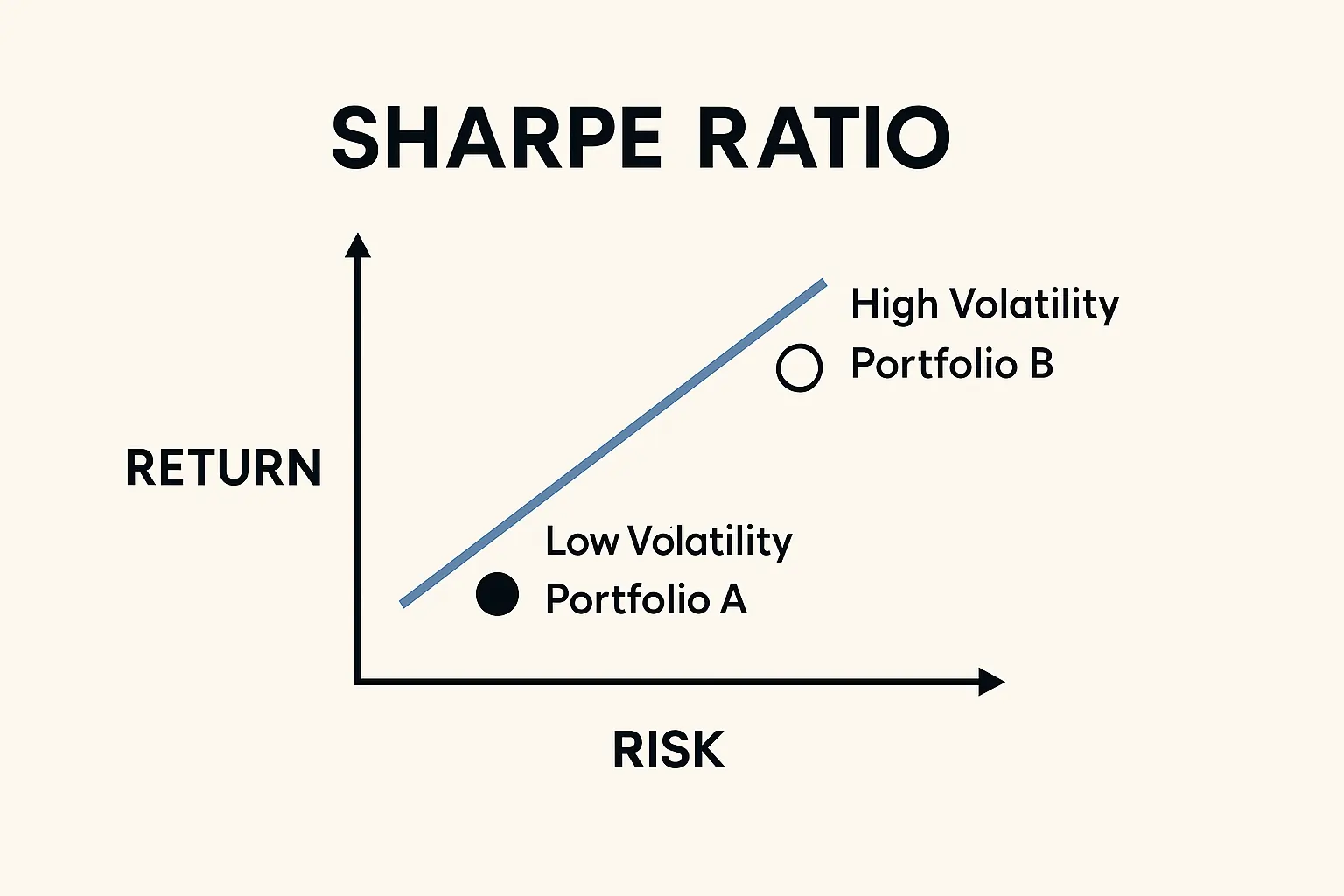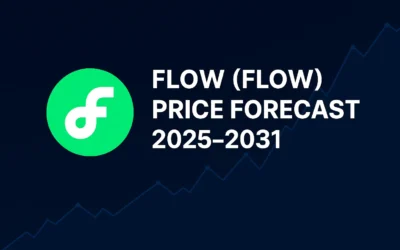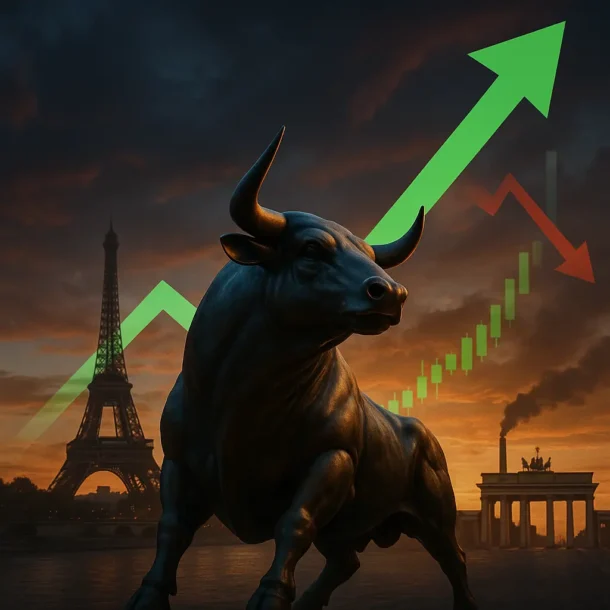In a world full of noise, volatility, and uncertainty, how do you know if your investment is truly performing well? Is a 10% annual return impressive — or is it just a reward for taking on excessive risk? Enter the Sharpe Ratio, one of the most essential tools in modern portfolio theory.
🔍 What Is the Sharpe Ratio?
Developed by Nobel laureate William F. Sharpe, the Sharpe Ratio is a metric that helps investors understand how much excess return they are earning for each unit of risk taken.
It’s not just about how much your investment grows — it’s about how consistently it grows relative to the risk involved.
📐 The Formula
Sharpe Ratio=Rp−Rff / σp
Where:
- Rp = Portfolio return
- Rff = Risk-free rate (e.g., 3-month Treasury bills)
- σp\sigma = Standard deviation of portfolio returns (i.e., volatility)
🧠 Why Does It Matter?
A higher Sharpe Ratio means you are being rewarded more efficiently for the risk you take. It tells you:
- Whether an investment’s returns are worth its volatility
- How well a portfolio performs compared to a “safe” investment
- Which of two portfolios with similar returns is actually better
📊 A Simple Example
Let’s compare two portfolios:
| Portfolio | Return | Volatility | Sharpe (R_f = 2%) |
|---|---|---|---|
| A | 12% | 10% | 1.00 |
| B | 15% | 20% | 0.65 |
At first glance, Portfolio B looks better due to a higher return. But once risk is considered, Portfolio A clearly delivers more return per unit of risk.
📈 When to Use It
- Comparing mutual funds or ETFs
- Evaluating robo-advisors or fund managers
- Optimizing portfolios using Modern Portfolio Theory
- Filtering assets in a screener or backtesting engine
⚠️ Limitations to Keep in Mind
- Assumes normally distributed returns (not always realistic)
- Can be distorted by extreme values or skewed data
- Doesn’t differentiate between upside and downside volatility
→ If you care more about downside risk, check out the Sortino Ratio (coming in the next article).
🎯 Key Takeaway
The Sharpe Ratio is a simple yet powerful tool to evaluate whether your returns are worth the risk. Whether you’re a beginner or a professional, it should be a core metric in your decision-making toolbox.
Want more tools like this?
Subscribe to our newsletter to receive exclusive trading alerts, investment tips, and educational insights — for free.









0 Comments